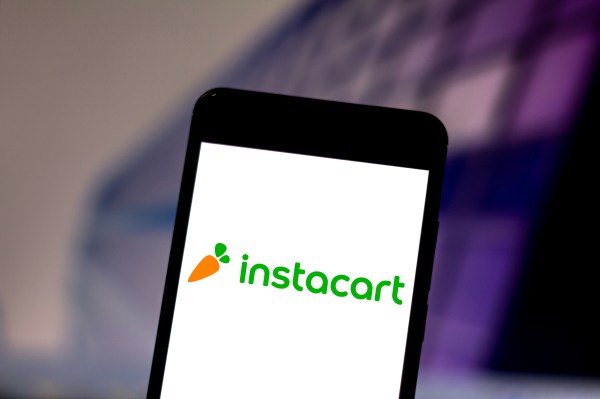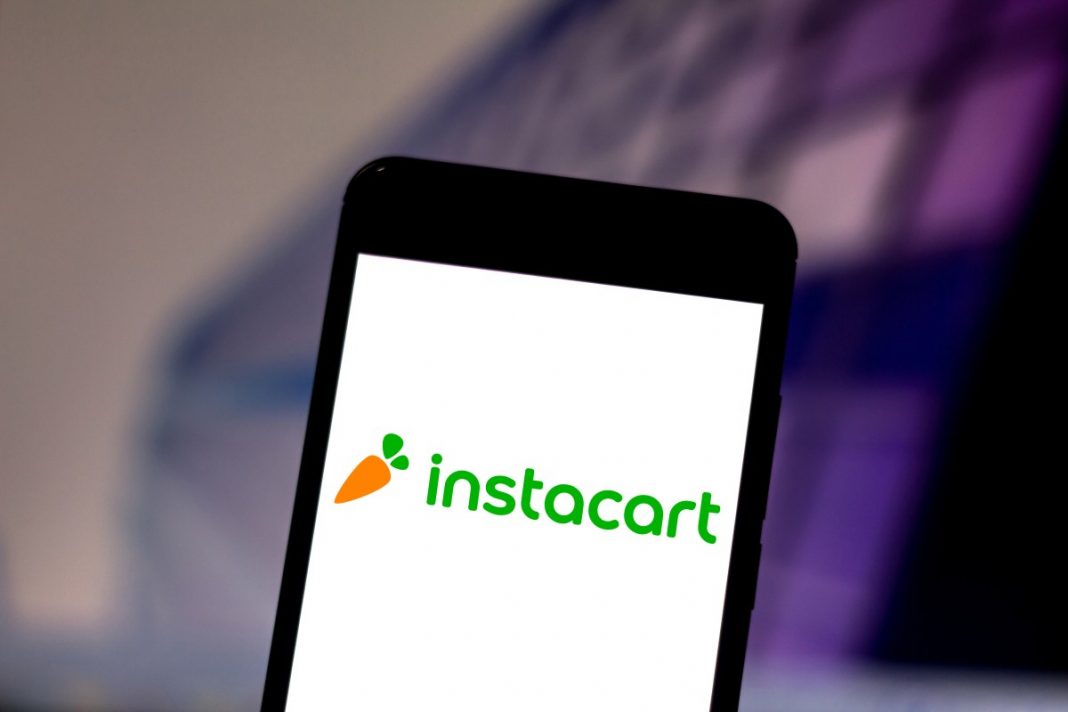Arm showed the IPO market has legs, but not every tech company is a chip company

British chip designer Arm’s Nasdaq IPO ended up valuing the company at $65.24 billion after its stock closed up 24.69% at $63.59 yesterday. We’d already expected the company to be worth more than you’d expect given the price range it initially set for the IPO, but yesterday’s performance was even higher than our relatively bullish take.
And that came after the company priced the listing at the top end of its $47 to $51 per share price range. Talk about market appetite for chip companies.
The Exchange explores startups, markets and money.
Read it every morning on + or get The Exchange newsletter every Saturday.
Of course, a strong IPO is great news for Arm, since it shows that investors have confidence in its strategy. Talking to ’s Frederic Lardinois shortly before trading started yesterday, Arm’s EVP and chief commercial officer, Will Abbey, said that the company is “going to continue to invest in the three areas of power efficiency, ultimate performance and an ecosystem.”
But in today’s climate, Arm’s IPO is more than a way for SoftBank to see some cash out of its investment. It’s somewhat of a bellwether of the times to come, and the optimistic among us may even say it marks the return of the IPO pop. Not everyone thinks IPO pops are a good thing, though; after all, they also suggest that the pricing wasn’t right in the first place.
 And Instacart certainly seems to have taken notes from Arm’s bull run: Earlier today, the grocery delivery company raised the proposed price range for its IPO to $28 to $30 per share, up from $26 to $28 per share.
And Instacart certainly seems to have taken notes from Arm’s bull run: Earlier today, the grocery delivery company raised the proposed price range for its IPO to $28 to $30 per share, up from $26 to $28 per share.
On one hand, raising an IPO’s proposed price range makes an IPO pop less likely. On the other, it shows confidence from a company, its stakeholders and bankers that the stock and resulting valuation will be received well when the company starts trading.
Arm and Instacart, however, are very different companies, and the level of enthusiasm for the future of grocery delivery isn’t exactly on par with the hype around AI and semiconductors. Could Instacart be making a mistake and aiming too high? Let’s find out.
Instacart’s numbers
Instacart’s IPO should put 22 million shares on sale — 14.1 million from Instacart itself and another 7.9 million from existing shareholders. At the top end of its new price range ($30), 22 million shares would fetch a total of $660 million and $572 million at the lower end.
